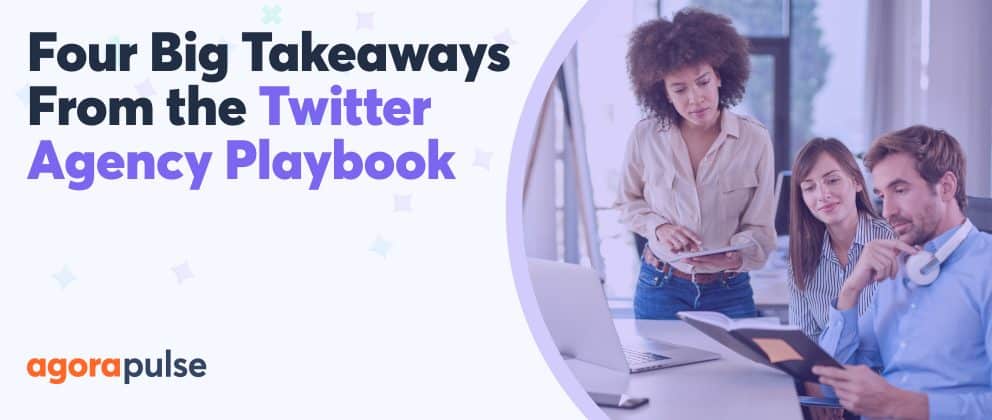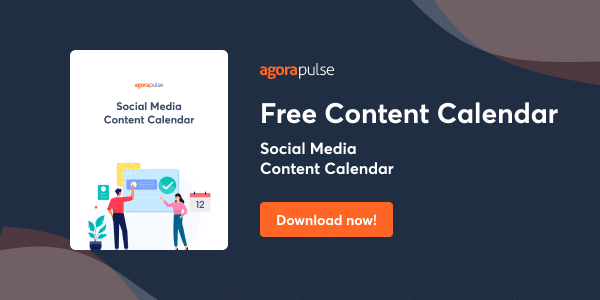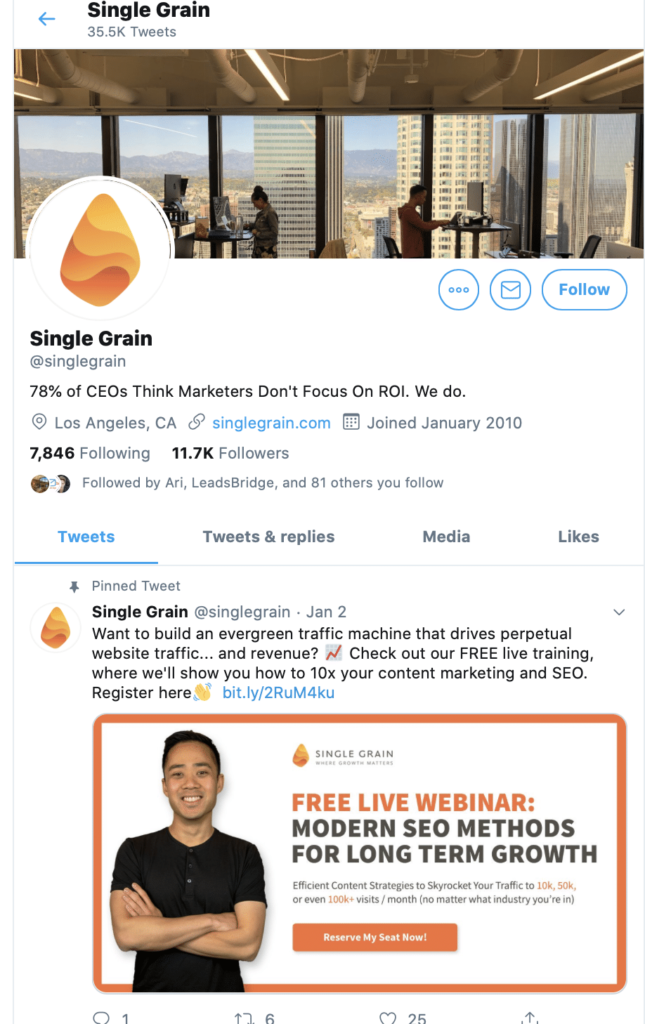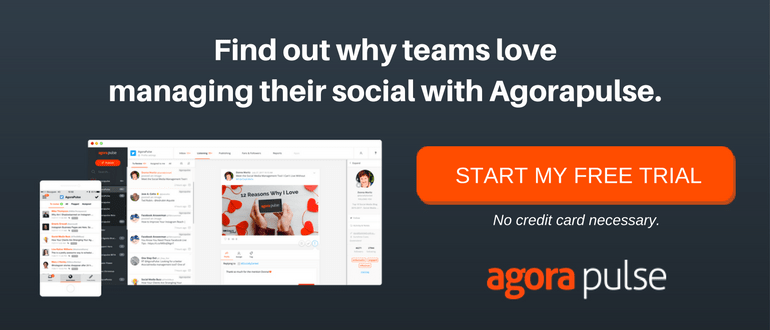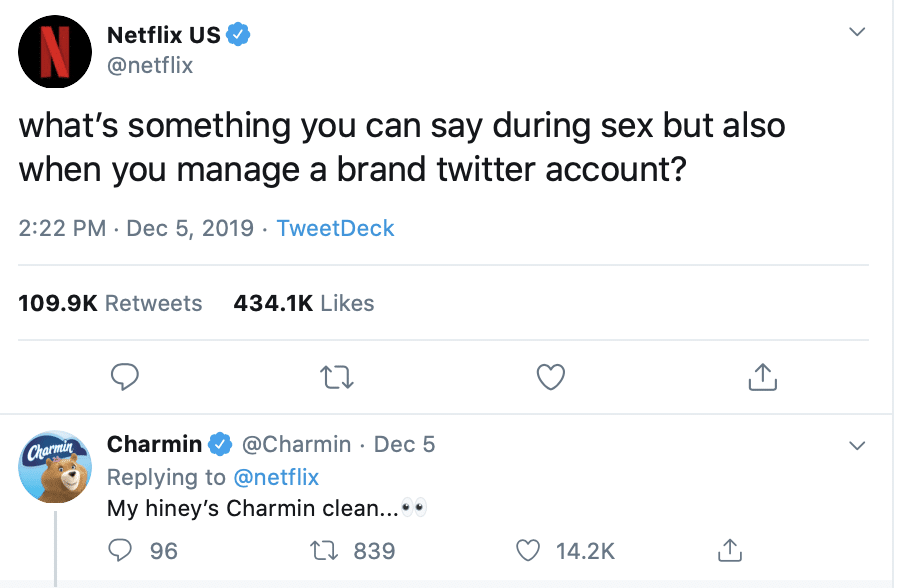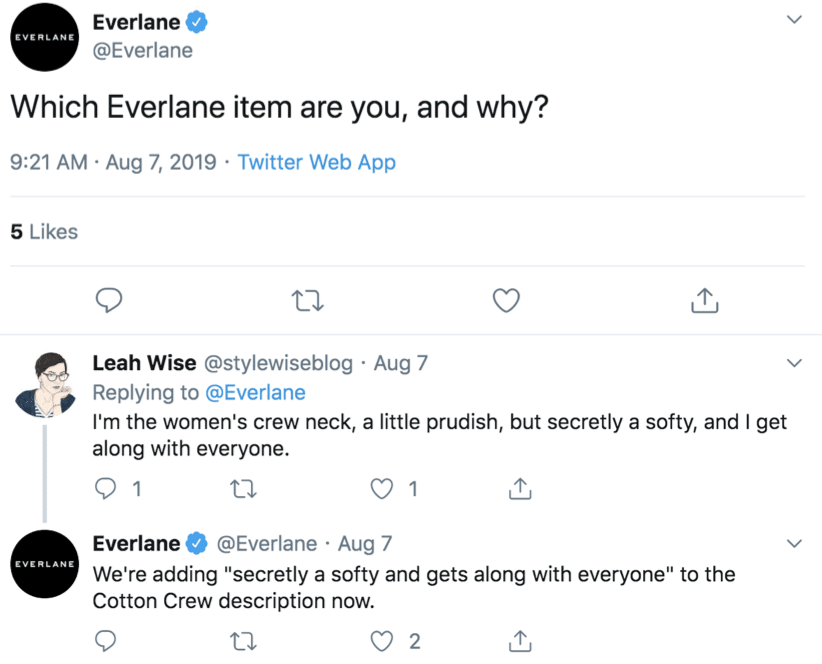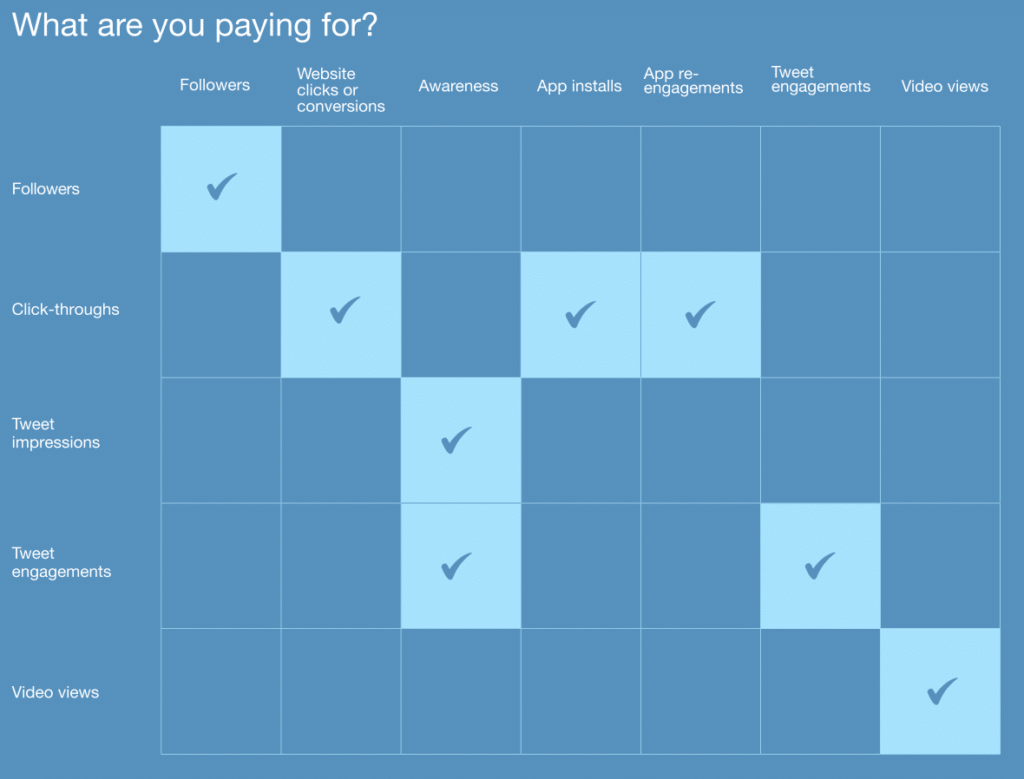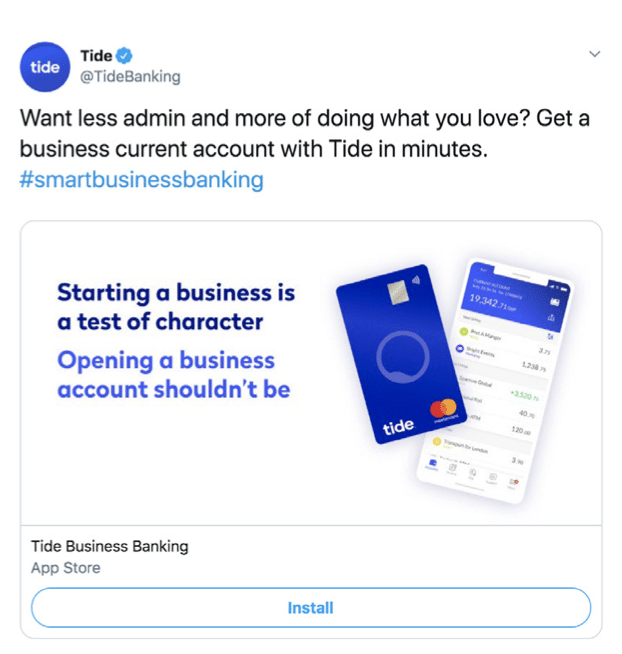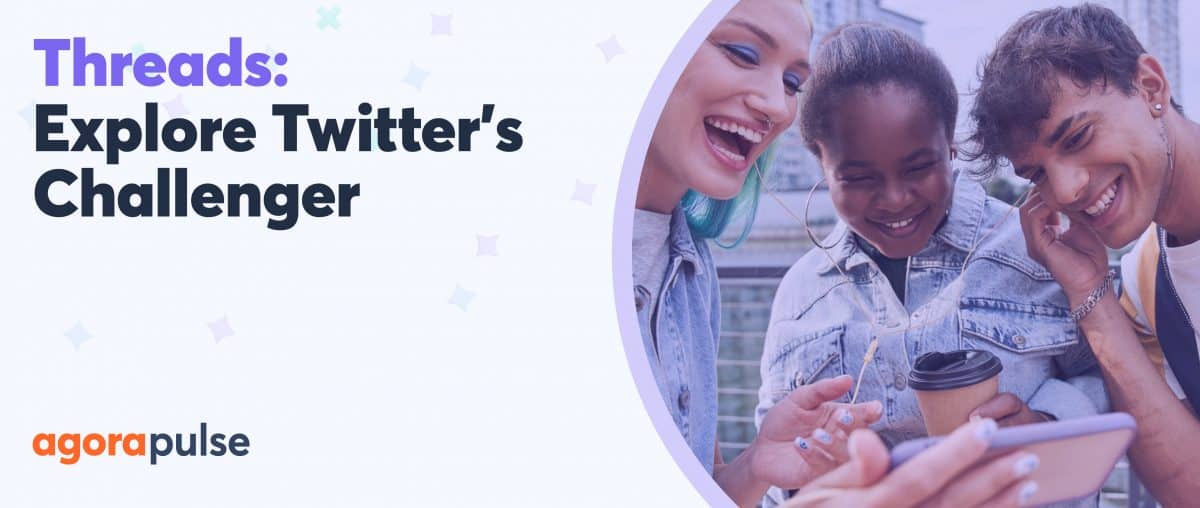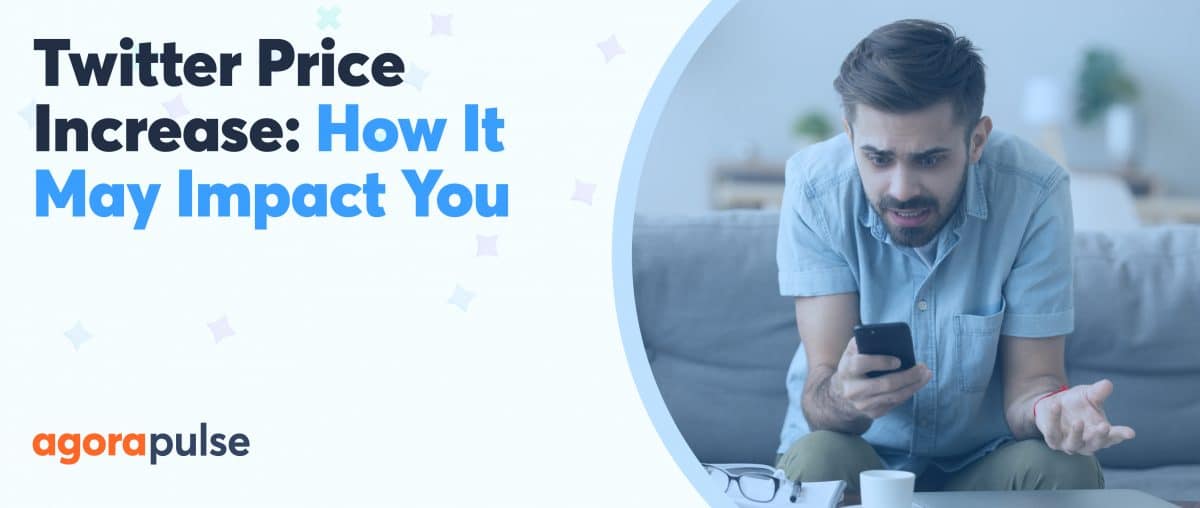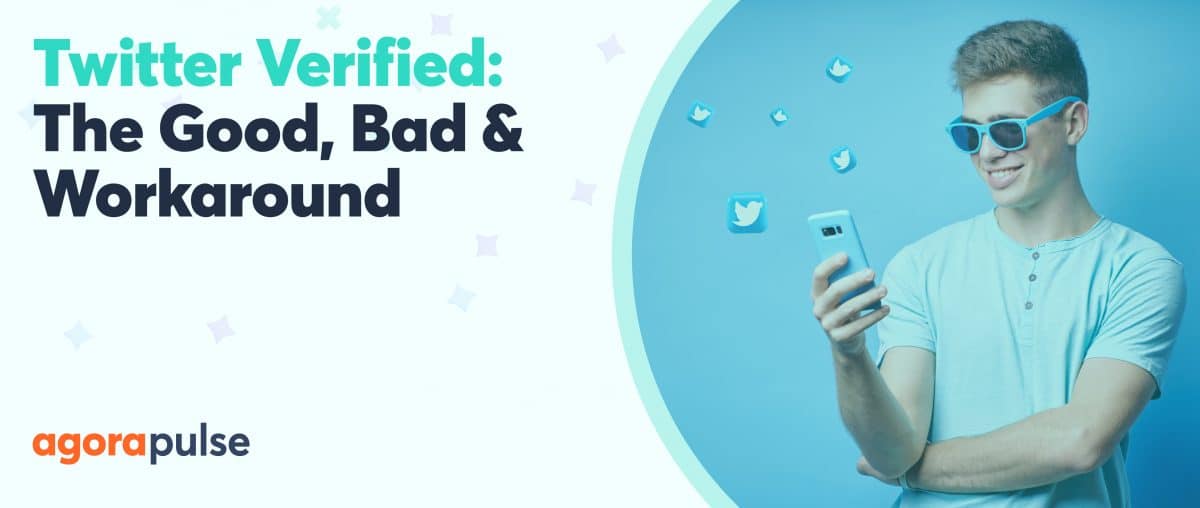Want to know how to best use Twitter for business? These highlights from the Twitter Agency Playbook can give a social media marketing agency great starting points.
Twitter is a fascinating social media platform. It had an enormous boom in popularity when it first launched, but some people don’t exactly know what to do with it.
As a direct result, Facebook, Instagram, and YouTube all have higher engagement and monthly usage rates than Twitter, but that doesn’t mean you shouldn’t be using the platform. Instead, you just need to learn how to leverage Twitter.
Over the past year, Twitter has been revamping its platform, clearly working hard to make it more valuable to users, marketers, and social media managers alike. Their focus right now is on a big push for authentic, enthusiastic engagement as opposed to people shouting opinions or spamming blog posts into a void.
To help social media marketing agencies drive results and help their clients connect with their audiences in meaningful ways, they recently released their Twitter Agency Playbook, an extensive 27-page guide that breaks down how marketers and social media agencies can succeed on the platform.
The Playbook is excellent but long, so to help you get started, we’re condensing down the key information here and going over what you really need to know.
1. You Need Organic and Paid Content to Succeed
If you or your client wants significant results including visibility, engagement, and off-platform activity, you need to use a combination of both organic and paid content.
Personally, I think there’s some truth to this, and it’s not just them trying to increase paid advertising (though that’s part of it, too). Twitter’s feeds can be so overwhelming that paid ads can help you get priority in the newsfeed. Also, they can definitely help you reach audience members you may not have otherwise. And of course, organic content is needed to interact frequently with your audience and nurturing those relationships.
They do stress clearly, however, that Twitter advertising and marketing takes time, and they warn advertisers and social media marketing agencies to be patient:
2. Your Account Should Be Set Up for Success
You won’t see the full impact of your marketing campaigns if your account isn’t fully set up for success. You want to have a strong profile that will represent you well, explain what you have to offer, and make getting in touch with you easily.
Official recommendations for creating a strong profile
- Fill out every field of your profile completely.
- Link to the specific page you most want to drive traffic to. (That could be your homepage, but it also might be a landing page. Remember that you can change this.)
- Use recognizable, branded images for your header and profile pictures. Make sure all the images are high quality and clear. Twitter recommended updating your header image seasonally, ensuring it’s a fresh and accurate representation of who you are.
- Choose your pinned Tweet strategically. You can “pin” a Tweet at the top of your profile, ensuring it’s one of the first things people see. Twitter recommends using to to bring attention to whatever you want people to focus on this month.
3. Create Strong Tweets
It’s not just a strong profile you need. You also want to know how to put out high-performing content, too.
Tweeting best practices
Here’s what Twitter recommends that social media marketing agencies do:
- Use visuals to grab attention. Videos increase views by 10x, and images and GIFs can increase engagement and views, too.
- Only write as much as you need to. You get up to 280 characters, but remember that brevity is what Twitter was built on. If you can get your point across in fewer characters, do so.
- Throw in some emojis to shake things up and add a little personality to your tweet.
- Use a hashtag, but only if you’re linking your tweet to “broader conversation” like a trending topic. Never use more than two.
- Have a strong brand voice. Wit and sarcasm is OK as long as it’s consistent with the brand. Make it sound like you.
- Keep timeliness in mind. Relevant content will do best.
- Emphasize urgency when you want to drive action quickly, and use percentages instead of flat amounts if you’re offering discounts. (Think 15% instead of $5).
- Remember to focus on conversation. Ask questions to encourage engagement, and respond in kind.
4. Optimize Promoted Campaigns
A major portion of the Twitter Agency Playbook is all about paid campaigns. This makes sense because a social media marketing agency often struggles e a bit in this area.
Campaign objectives
The first step to optimize your campaigns is to understand what type of campaign you should create.
Your options are …
- Followers campaigns, where you’re trying to get more followers. You pay for followers.
- Website clicks or conversions, where the focus is to bring people to your site. You only pay for clicks on the actual ad itself.
- Awareness campaigns, which prioritize getting your tweets in front of as many people as you possibly can. You pay per every thousand impressions (CPM).
- App installs, which focus on getting new people to download your app. You pay every time a user clicks on your ad and then installs your app.
- App re-engagements, where you focus on getting returning users to open or update your app. You pay for app click links based on your ad. (Not charged for organic activity.
- Tweet engagements, where the purpose of the campaign is to start conversions and attract engagement. You pay for the initial engagements of replies, likes, and retweets on your ad. You aren’t charged for any organic engagement that follows, including additional replies on a threaded conversation from the same user.
- Video views, where campaigns try to get a larger audience to see your video. You pay for the number of views on your videos.
This chart is useful in breaking down your options and what you pay for if you want to review it in a glance:
Enhance your promoted tweets with the right format
Not all Promoted Tweets look the same.
A few of formatting and creative options are …
- Text-only tweets. 280 characters or less, you know the drill.
- Image and GIF tweets. Stick to a 1:1 or a 2:1 aspect ratio.
- Promoted videos. These must be under 2 minutes and 20 seconds, and have a file size that’s not larger than 1GB.
- Website cards, which can be added to your tweets to offer more information and a dynamic experience. Your options include an Image Website Card, a Video Website Card, a Video App Card, and an Image App Card. You can add visual components and additional copy to the cards, extending the tweet significantly.
Know your audience targeting options
Like most PPC platforms, Twitter gives you the option to use multiple targeting criteria to reach your target audience.
Options include …
- Demographic targeting, including age, language, gender, geo-location, and device.
- Audience features, like those who searched for certain keywords, engaged with your tweets containing keywords in the last seven days. You can also target users with interests similar to another account.
- Lookalike targeting, which allows you to target users similar to other audiences that are already established.
- Tailored audiences, which is similar to Facebook’s custom audiences and can be used to create retargeting campaigns. This includes retargeting based on video views, site traffic, and tweets they’ve engaged with or “dwelled on.”
In Conclusion
Most of the Twitter Agency Playbook is mostly standard best practices that we’ve even covered over the last few years. That being said, for social media managers who are new to Twitter marketing and advertising, it’s a great resource that can get you up to speed quickly.
Sign up now for a FREE demo.

